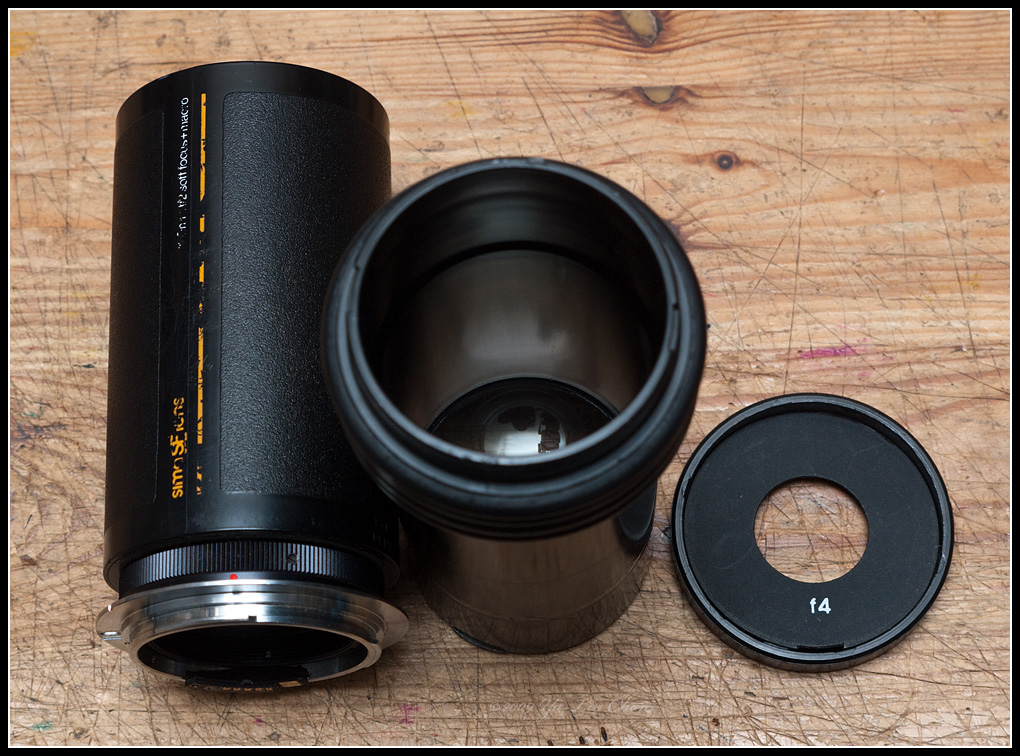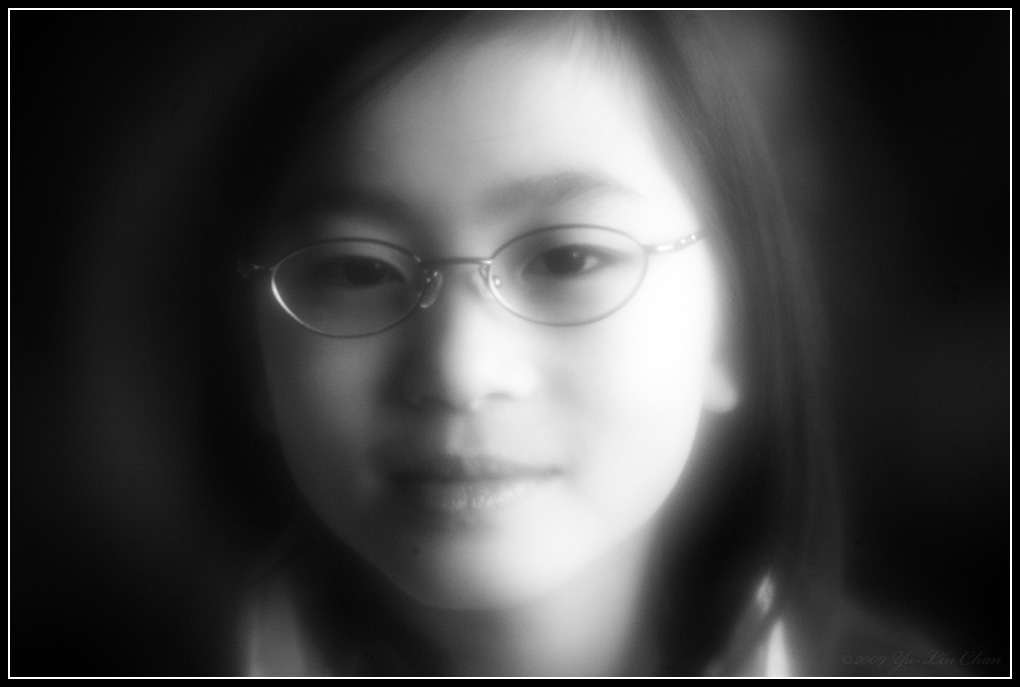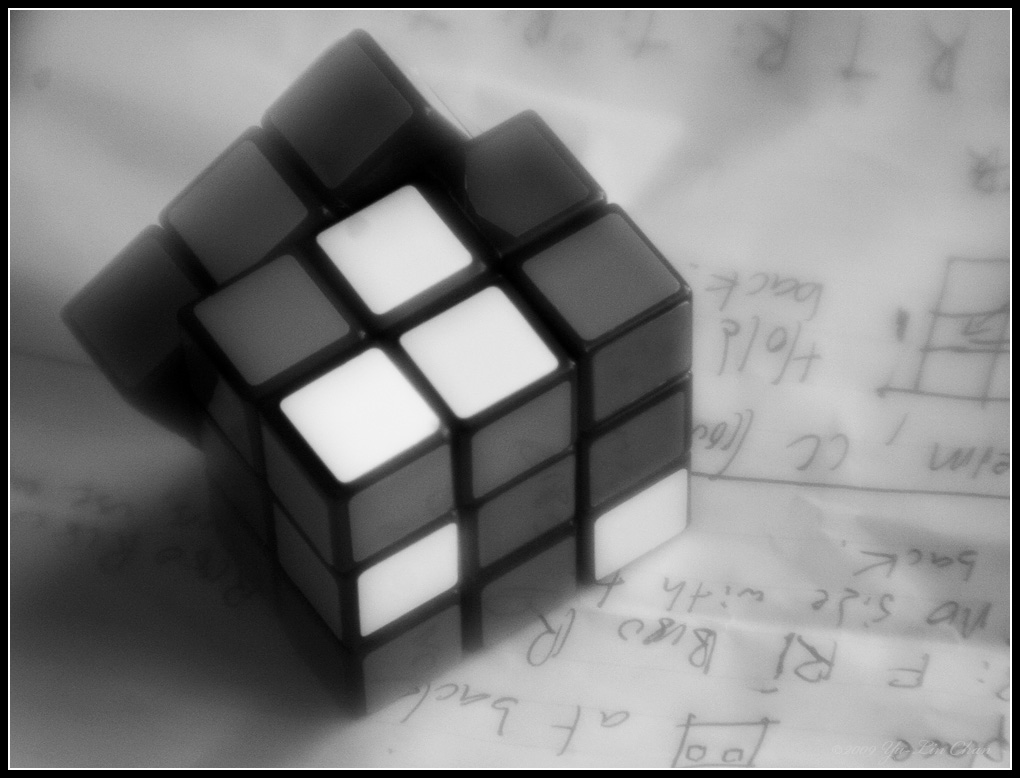There are many ways to achieve the soft focus effect. There are lots of soft effect filters of all kinds, the more expensive (Zeiss Softar comes to mind) ones cost almost as much as a cheaper soft focus lens. So, as you can see, you can get soft effect from very cheap to very expensive. In the olden days as a poor student, I made my own soft focus filter by applying a light coat of Vasoline on a UV filter. Still others use a stocking to cover a normal lens to soften the light. Which way should you choose to go? Vasoline is messy, soft filters are a nuisance to carry around and use, dedicated soft focus lenses have a narrow application and expensive.
There is a nice compromise.
Enter the Sima SF 100mm f2 soft focus lens. The lens comes with 3 filters that goes in the front of the lens. This filters makes the lens f4, f5.6 and f8. Without the filter, it's f2. This is one of the cheapest, yet the most fun lens I have. Very often turns up on eBay and can be had for about $25. Very cheaply built, this T-Mount lens is made entirely of plastic, even the mount. The lens comes in two parts as tubes. The focusing part has the lens element, and is smaller. It goes into the other, larger tube which has a lens mount. The lens element is very deep into the tube and very hard to clean. The good thing is that this is a soft focus lens, a bit of dust will just add a bit more softness to the pictures! If you must clean it, just put it in the dishwasher, and it will come out nice and clean. Probably the only lens I know of that can be washed without fear.
The lens element is un-coated, and uncorrected, thus giving you lots of aberration -- the colours captured with this lens is unprodictable. What you see on the view finder is almost never what you get. It's kind of a nice surprise, sometimes.
Next part, we will talk about how to use this wonderfully cheap lens.
Sima SF 100mm f2 plastic soft focus lens in its basic parts. Left is the outer tube that houses the inner tube with the lens element (middle), and on the right is the lens filter made of plastic. Larger Picture.
Megan -- Canon 5D & Sima SF 100mm f2 @ f2. It's a bit too soft at f2. Larger Picture.
Cube -- Canon 5D & Sima SF 100mm f2 @ f4. Larger Picture.
Cube -- Canon 5D & Sima SF 100mm f2 @ f4. Larger Picture.



I really like your blog. Do you only shoot digital now? I am going to buy a Sima lens, but film only.
ReplyDeleteVery nice way of writing, congratulations, I like your blog very much.
ReplyDeleteI did a search on this lens and came up with this blog post as the number 1 entry. The lens is very nicely described and your photos are very good. I purchased this lens new in the 1980's with a Nikon T-mount and have kept it in a drawer for quite a while. I'm starting to use it on an old D80 and a newer D610 and it works fine, or at least as well as it did when it was new. Not much to go wrong here.
ReplyDeleteLovely examples, and your description is well apt. I recently acquired one as well, from EBay. It wasn't that much, but the one I managed to get lacked the waterhouse stops (the discs with the holes). So, I made my own. I could have used paper, but I felt I'd like to try 3D printing. The serendipity of that decision was the idea of getting them printed in different colors (frosted translucent, and opaque in many different colors). I've only done a quick test (1 shot each) of a black, pink, and frosted discs, but they do seem to have an effect on the final image. I am waiting for spring, when I can try pairing odd colored stops with different colored flowers. If you get a chance, you might like to put different colors or materials in front of the lens too. Whether you use colored paper, a milk jug, or anything you get your hands on. I'd be curious to see to what artistic effect you put them too. The easy way, though, is to just find the stops I have up on Shapeways. But I think the adventure is in using random things from around the house. I plan on cutting a milk bottle into shape, next.
ReplyDelete